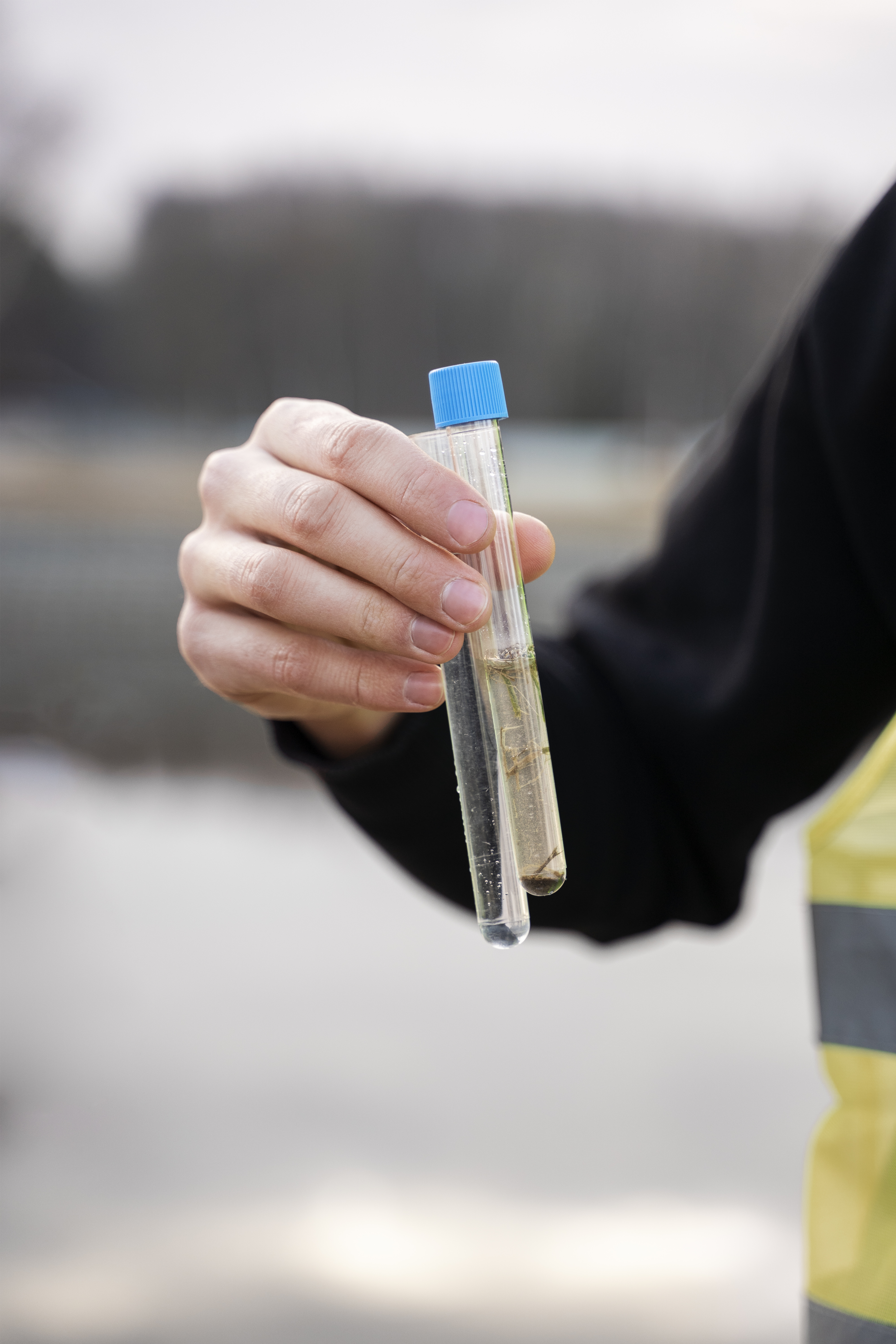Case Study - Predictive Modeling for Hydrological Parameters
Modern water quality forecasting with AI and IoT
Project Overview
The quality of surface waters is a major environmental challenge across Europe. Traditional monitoring methods are expensive and too slow to effectively prevent ecological threats.
To address this issue, our team participated in a research and technology project aimed at developing a system for continuous, automated water quality monitoring and forecasting of physicochemical parameter changes across multiple locations simultaneously.
Artnovation was responsible for the entire predictive layer — from data analysis and model development to training and deployment of the inference API. Scalability and cost-efficiency were key priorities.
The project demonstrated that modern AI technologies combined with IoT infrastructure enable not only real-time monitoring but also accurate forecasting of water quality changes, supporting environmental protection and rapid response to potential threats.
Key Achievements
- Designed and deployed deep neural networks to predict pH, temperature, oxygen, nitrates, and conductivity
- Compared and optimized TimesNet and Transformer architectures for time series data
- Built scalable infrastructure for model training and inference (local and cloud)
- Developed production-grade APIs for real-time inference in IoT environments
- Created a pipeline for model management, fine-tuning, and retraining
- Achieved high prediction accuracy (average error 3-6%) for key environmental parameters
The Challenge
In recent years, the quality of surface waters has become a critical environmental concern across Europe. Traditional monitoring methods, based on manual sampling and lab analysis, are often too slow, too expensive, and too reactive to effectively prevent ecological risks.
To address this growing challenge, our team took part in a research and technology initiative aimed at developing a system that would: enable continuous, automated water quality monitoring using IoT sensors, predict future shifts in key physicochemical parameters, and operate within a distributed measurement network, where data is collected simultaneously from multiple locations.
- Enable continuous, automated water quality monitoring using IoT sensors
- Predict future shifts in key physicochemical parameters
- Operate within a distributed measurement network, where data is collected simultaneously from multiple locations
Our Solution
At ArtNovation, we took full responsibility for the design and delivery of the predictive modeling layer, focusing on a scalable, cost-efficient inference environment tailored to real-world hydrological monitoring needs. Our involvement spanned the entire process: from data analysis and model development to the deployment of production-grade APIs for real-time inference.
We handled the design and training of deep learning models to forecast parameters such as pH, temperature, oxygen levels, nitrate content, and conductivity; implemented a hybrid computational infrastructure optimized for both local and cloud-based model training and deployment; and ran comparative evaluations of various AI architectures to select the best-performing and most efficient approaches.
Technical Highlights
Predictive Modeling
We built and fine-tuned two advanced deep learning architectures, both optimized for time series forecasting with high precision:
- TimesNet - A model that transforms time series data into 2D representations and processes them using convolutional layers. It excels at detecting daily and seasonal patterns in environmental data
- Transformer - A self-attention-based sequence model originally designed for natural language processing. It proved highly effective in capturing long-term dependencies within time series datasets
Infrastructure
The predictive engine was built on a modular, scalable infrastructure, designed from the ground up to support both the training and operational needs of a distributed IoT environment. Key components included:
- A robust training pipeline capable of handling large historical datasets
- An optimized, serverless inference layer enabling real-time predictions in a resource-efficient, production-ready setup
Impact
To evaluate the performance of our predictive models, we used three well-established metrics for time series forecasting:
- MAPE (Mean Absolute Percentage Error) - Measures the average percentage error between predicted and actual values. Lower is better
- sMAPE (Symmetric MAPE) - A variation of MAPE that treats over- and under-predictions symmetrically, making it more robust to outliers
- MSE (Mean Squared Error) - A standard regression metric that quantifies the average squared difference between predictions and actual observations
The models demonstrated high predictive accuracy - particularly for water quality indicators that are critical from an environmental standpoint:
| Parameter | Transformer (single-param) | TimesNet |
|---|---|---|
| Nitrates (NO₃-N) | 3.36% | 4.67% |
| pH | 4.99% | 5.21% |
| Water temperature | 3.91% | 4.67% |
| Oxygen (O₂) | 5.52% | 6.14% |
Key outcomes include:
- For nitrates, temperature, and oxygen levels, AI models achieved over 96-97% accuracy, enabling early detection of risks like algal blooms or oxygen drops
- Single-parameter models consistently outperformed multi-output models in terms of precision
- sMAPE and MSE scores further confirmed the model's reliability, especially when input data was clean and complete
On average, model error ranged between 3-6%, providing a high level of confidence in real-time predictions and alerting systems for environmental monitoring.
Application
The solution enables accurate forecasting of water quality changes in environments characterized by high variability and stochastic behavior. A custom-built pipeline for model management, fine-tuning, and retraining gives our partners full control, empowering them to continuously improve performance without external support.
Takeaways
By combining advanced AI models with scalable, high-performance infrastructure, we've shown that it's now possible not only to monitor, but also to predict critical changes in water quality before they occur.
This project demonstrates that artificial intelligence has real-world value in environmental protection, and that the ArtNovation team has the expertise to deliver complex, interdisciplinary solutions at the intersection of science, engineering, and ecology - working successfully alongside research institutions and public or private sector partners.

Impact & Results
Take action that makes a difference. Contact us today.
Our team will help you define the plan and provide a preliminary cost estimate, so you can decide on the next steps.
Request appointment